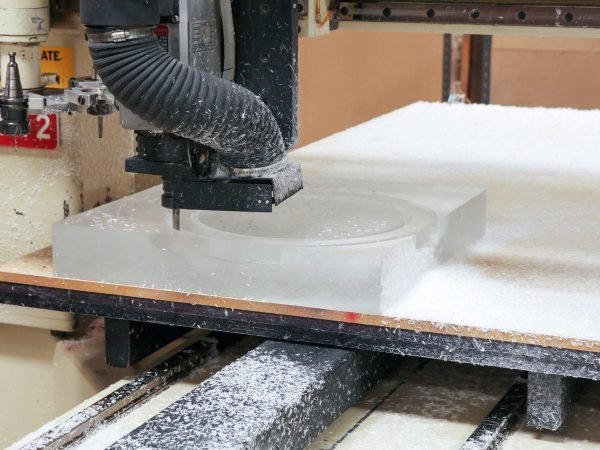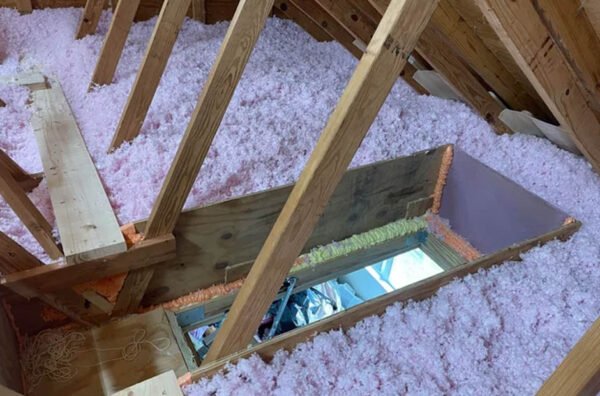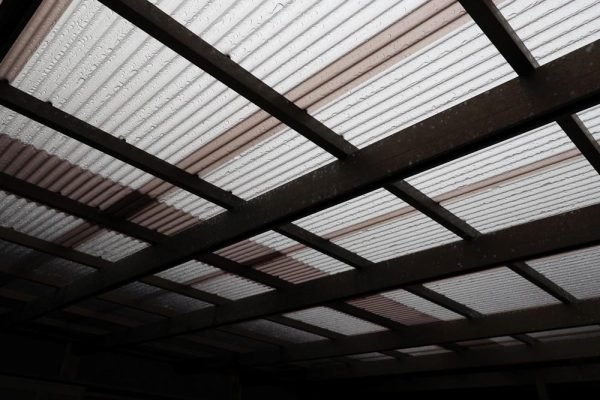In the grand tapestry of modern infrastructure, the marvels of towering skyscrapers, sprawling bridges, and vast tunnels often steal the spotlight. Yet, beneath these feats of engineering lies a less visible but equally critical component: the foundation. It’s the subsurface building blocks that ensure the stability and durability of structures, particularly those challenged by the complexities of water and soft ground. This deep dive into the world of advanced foundation work unveils the innovative methods and materials that are transforming infrastructure from the ground up.
Table of Contents
Laying the Groundwork: The Importance of Foundations
The foundation of any structure is its unsung hero, designed to distribute the weight of the structure above to the ground below, ensuring stability and longevity. In areas where water presents a challenge, such as flood zones, coastal regions, or riverbanks, the role of the foundation becomes even more critical. Here, engineers employ a blend of traditional techniques and cutting-edge innovations to create a solid base for construction, capable of withstanding not just the test of time but also the forces of nature.
Navigating Subsurface Challenges
Building in water-rich environments introduces a host of challenges, from unpredictable soil conditions to the ever-present risk of flooding. These conditions demand solutions that go beyond the ordinary, requiring a deep understanding of geotechnical engineering and hydrodynamics. One such solution involves the use of tremie pipes, a method for placing concrete underwater in a way that avoids contamination and ensures a solid, reliable foundation. This technique is just one example of the advanced methods that make modern waterfront construction possible.
Innovations in Foundation Engineering
The field of foundation work has seen remarkable advancements in recent years, driven by technological innovation and a growing understanding of subsurface conditions. These developments have opened new possibilities for building in challenging environments, transforming what was once deemed untenable ground into solid foundations for future projects.
Piling It On: The Evolution of Piling Techniques
Piling, the practice of driving structural elements into the ground to support loads, has evolved significantly. Modern piling techniques now include helical piles, which screw into the ground with minimal vibration and noise, and high-strength concrete piles capable of bearing enormous loads. These methods extend the possibilities for building on soft or unstable soils, ensuring that even the most ambitious projects have a firm footing.
Going Deep: The Role of Deep Foundations
In certain scenarios, shallow foundations just won’t cut it. Deep foundations, which transfer load to deeper, more stable soil layers or rock, are crucial for structures requiring extra support. Techniques such as caissons, drilled shafts, and diaphragm walls are employed to reach these depths, each selected based on the specific conditions and requirements of the project. These deep foundation methods are essential tools in the engineer’s arsenal, allowing for safe construction in areas previously considered too challenging.
The Magic of Modern Materials
The materials used in foundation work have also seen significant advancements. High-performance concrete, reinforced with fibers or polymers, offers enhanced strength and durability, while innovative waterproofing technologies protect against water ingress, a critical consideration in wet environments. These materials not only improve the performance of foundations but also contribute to their sustainability by extending their lifespan and reducing the need for repairs.
Sustainable Foundations: A Greener Approach
Sustainability is increasingly at the forefront of foundation engineering. Techniques that minimize environmental impact, such as the use of recycled materials in concrete or the adoption of low-impact installation methods, are gaining traction. These approaches not only support the structural integrity of projects but also their ecological integrity, aligning modern construction with the goals of environmental stewardship.
Monitoring and Maintenance: Ensuring Longevity
The work doesn’t stop once the foundation is in place. Ongoing monitoring and maintenance are crucial to the long-term health of subsurface infrastructure. Advanced sensor technology allows for real-time monitoring of conditions, from moisture levels to structural strain, enabling early detection of potential issues. This proactive approach to maintenance ensures that foundations continue to perform their essential role long into the future.
The Future of Foundation Work
Looking ahead, the future of foundation work promises even greater innovations. Research into new materials and methods continues to push the boundaries of what’s possible, with a growing focus on resilience and adaptability to climate change. As sea levels rise and weather patterns shift, the ability of foundations to withstand these changes becomes ever more important. The development of “smart” foundations, equipped with sensors and self-healing materials, offers a glimpse into a future where infrastructure is not only built to last but also to adapt and respond to the changing environment.
The subsurface building blocks of our infrastructure might be out of sight, but they are never out of mind for the engineers and builders tasked with creating the durable, reliable foundations that our modern world depends on. Through a combination of advanced techniques, innovative materials, and a commitment to sustainability, the field of foundation work is transforming the landscape of construction, from below the waterline to the skyline. As we continue to push the limits of engineering and design, the hidden support of advanced foundation work ensures that our structures stand strong against the forces of nature and time, paving the way for a future of resilient, sustainable infrastructure.





